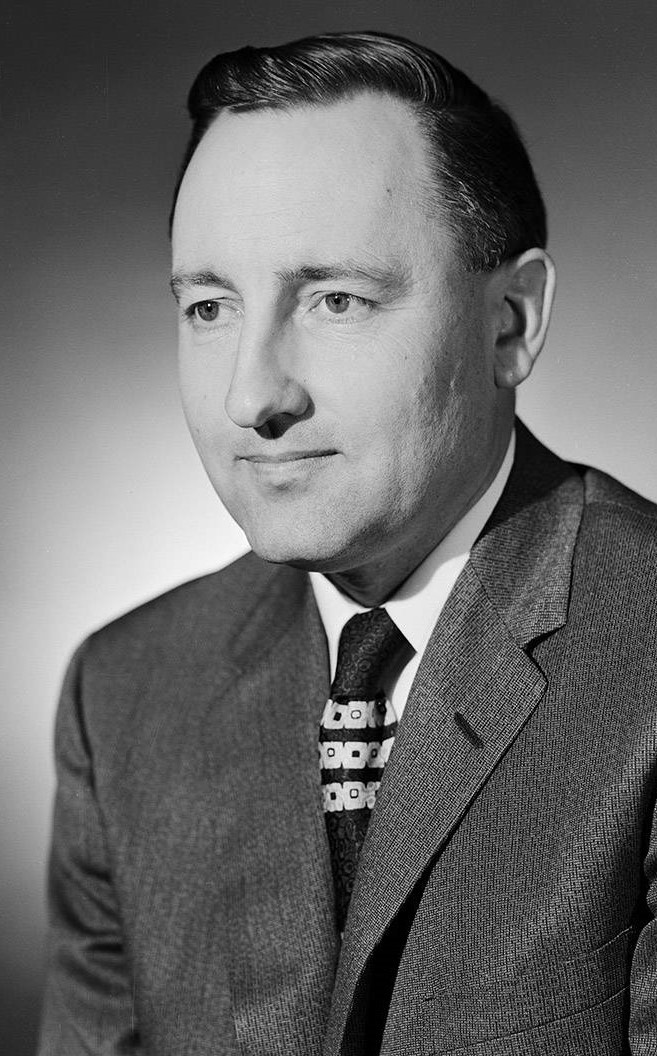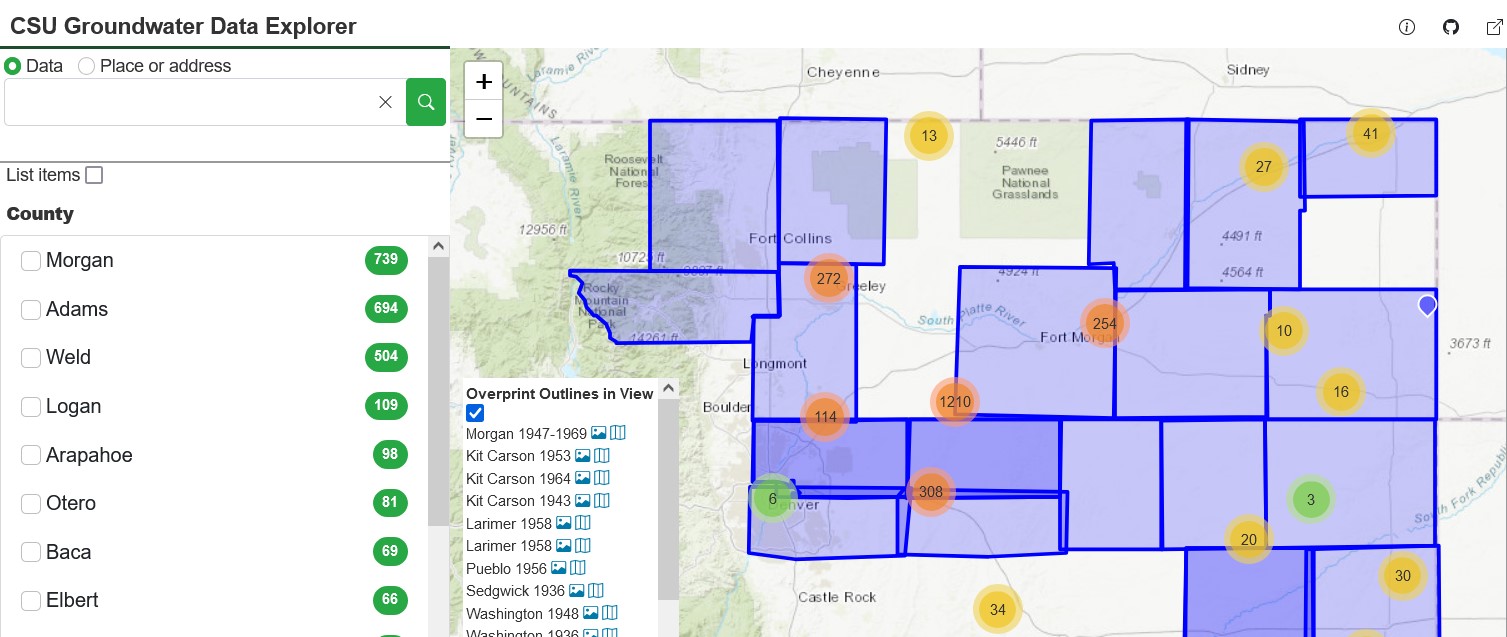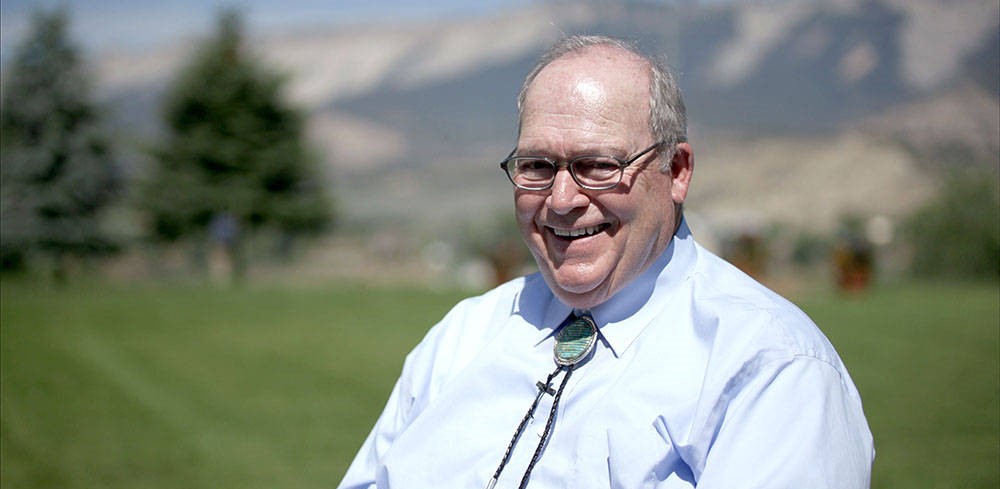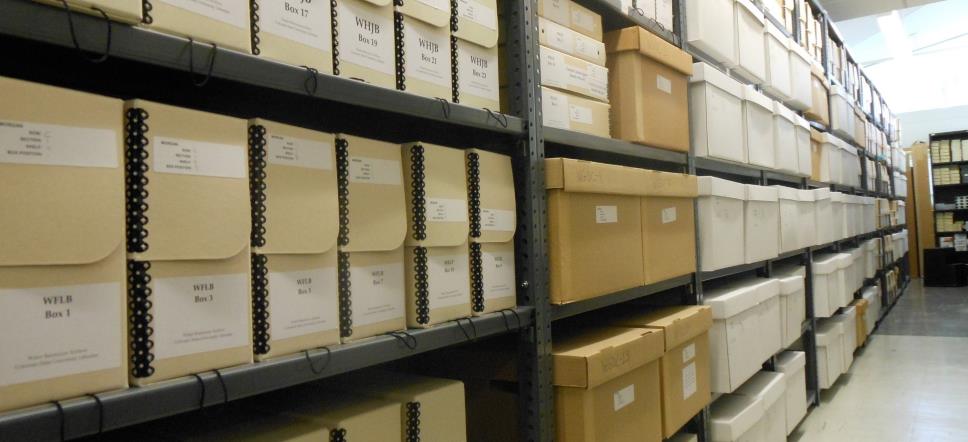Preserving the Source

February 2025, Issue #66

Adding to the Archive
As often happens when a new year begins, the Water Resources Archive has recently received a number of contacts regarding potential collection donations. Holidays and vacation times seem to provide people a good opportunity to clean out.
We welcome such inquiries! Often our response is to ask for more information about the materials or to visit the potential donor and see the items. We are happy to acquire unique, historically important documents, photographs, and maps, while typically turning down books, government publications, and scholarly journals.
If you have or know of relevant materials that need an archival home, please contact us. In the meantime, read on to learn more about what we do with collections here, including the variety of ways we make them accessible. Our popular water puzzler is also present, with a look at some recent history.
May your 2025 be filled with learning, laughter, and … water.
– Patty Rettig, Archivist, Water Resources Archive

Collection Description Online

Professor Norm Evans led the way at Colorado State University by proposing the establishment of the Department of Agricultural and Irrigation Engineering and becoming its first head in 1959. Among other leadership positions, he was also director of the Colorado Water Resources Research Institute, based at CSU, from 1967 until his retirement in 1988. (1958 portrait from the University Historic Photograph Collection)
His collection, donated in 2017, now has a full description and inventory available online. In addition to teaching, research, administrative, and consulting files, the collection contains seven boxes related to Evans’ 25 years of service on the Fort Collins Water Board.

Groundwater Data Exploration

Often for an archival collection, once it is described and inventoried, it sits on a shelf awaiting research interest. When there is time and funding, a portion of the collection might get digitized. This is all in the interest of making materials discoverable and accessible, but rarely are we able to take things further.
We changed up that approach recently by creating an experimental Groundwater Data Explorer. Taking pages of water-level measurements already digitized from our Groundwater Data Collection, staff in the CSU Libraries’ Geospatial Centroid geolocated them so they could be examined and understood geographically.
By placing this data on a map, it is easier to visualize and use the information – perhaps! We would love to hear feedback on this approach and its usefulness or applicability for other historical water information. We also welcome ideas for further work with groundwater history in particular, as a generous donor has provided funding for such.

Water Puzzler

Twenty years ago, the Colorado Legislature passed House Bill 1177, the “Colorado Water for the 21st Century Act.” This legislation established basin roundtables throughout the state along with the Interbasin Compact Committee. The man who led the effort for this was the executive director of the Colorado Department of Natural Resources at the time (and is pictured above). He took his inspiration from the recently published biography of Colorado water lawyer Delph Carpenter and his creation of the Colorado River Compact.
As a boy, this thinker grew up on an irrigated farm near Rifle on Colorado’s Western Slope, choosing schooling at Colorado State University and then Harvard for a law degree. He was elected as a Republican to the Colorado House of Representatives in 1992 before being tapped for agency service in 2000. In his 2019 oral history interview, he reflected on how “collaboration was going to be the pre-eminent tool that we use for decision making,” adding, “The roundtables are as productive and as important today as ever.”
Who is this man?

Archival Inspiration

In 1920, the fiftieth anniversary of the founding of the Union Colony of Colorado was celebrated in Greeley with a dinner, songs, and speeches. One of the “younger pioneers” to participate was Delph Carpenter, already known for his work defending Colorado’s water, even two years before the Colorado River Compact would materialize.
Carpenter praised the founders and followers. He gave examples of the influence of Greeley beyond the state, including on the temperance movement and on water law and engineering. His unrestrained praise of his community morphed into a plea to save and archive documentation: “Please, I beg of you, on behalf of those who follow, record what you saw, what you heard, what you loved…” (continued in excerpt above, or see full speech).
Having studied the past and traveled to other places, including George Washington’s tomb, Carpenter knew the importance of recording history. We thank him for saving so much documentation and encouraging others to do so as well! View the full set of Carpenter’s recently digitized Union Colony documents online.

Become a Supporter

Thank you for appreciating Colorado water history and the efforts of the Water Resources Archive to collect and make accessible unique documentation! Please consider becoming a supporter. You can do so by:
- Forwarding this e-newsletter to a colleague and encouraging them to sign up.
- Considering whether you, a colleague, or a relative have documents that are historically important to Colorado’s water story and contacting us about discussing them as a potential addition.
- Making a monetary contribution to one of our existing funds (select Water Resources Archive from the dropdown menu) or contacting Libraries Associate Director of Development Thea Rounsaville about other ways to give.
We sincerely thank all of our supporters!

Puzzler answer:
Russ George. View his 2019 oral history online.
This electronic newsletter provides updates about the Water Resources Archive. To be added to this distribution list, please send an e-mail that includes your name and a request to subscribe.
This newsletter is created by Patty Rettig.
Designed by Demi Connelley
All images courtesy of CSU Libraries Archives & Special Collections